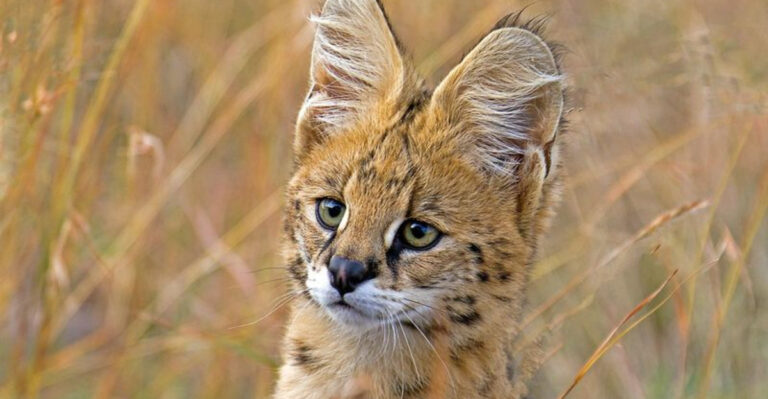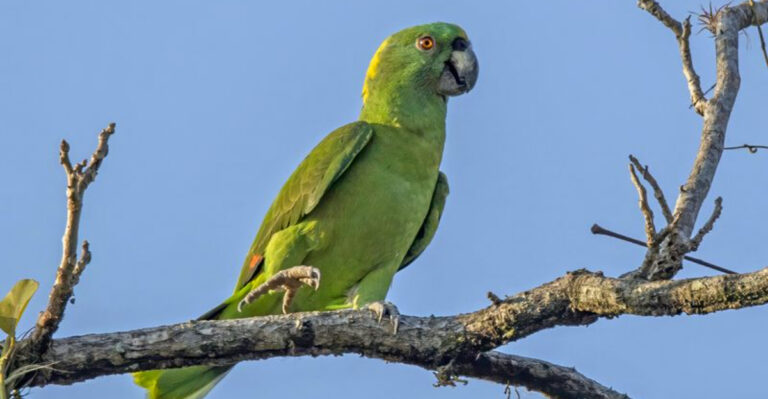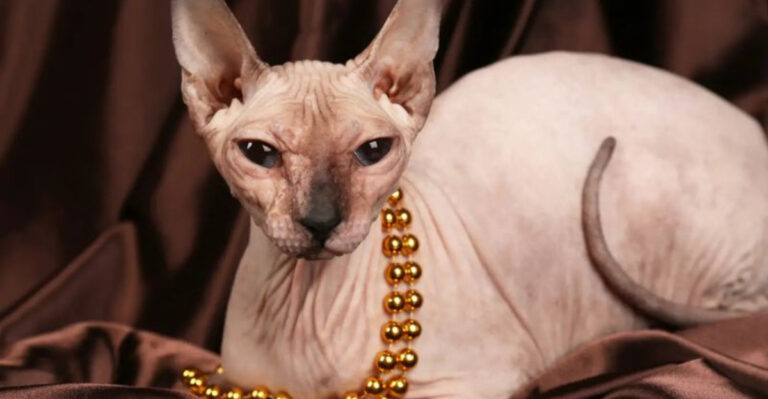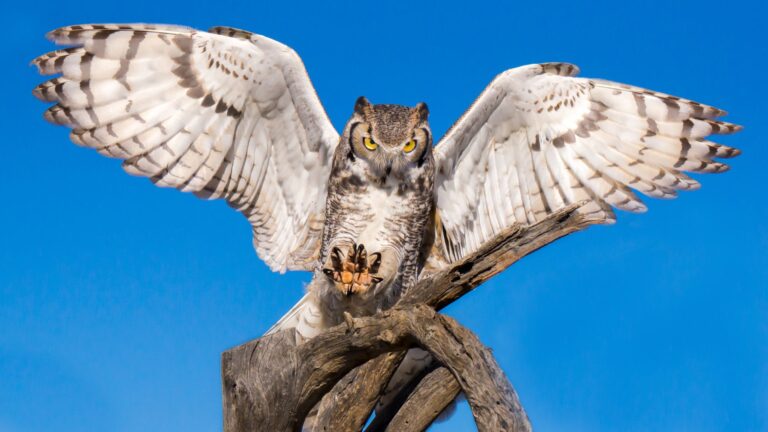Everything You Need To Know About Blue Dragons
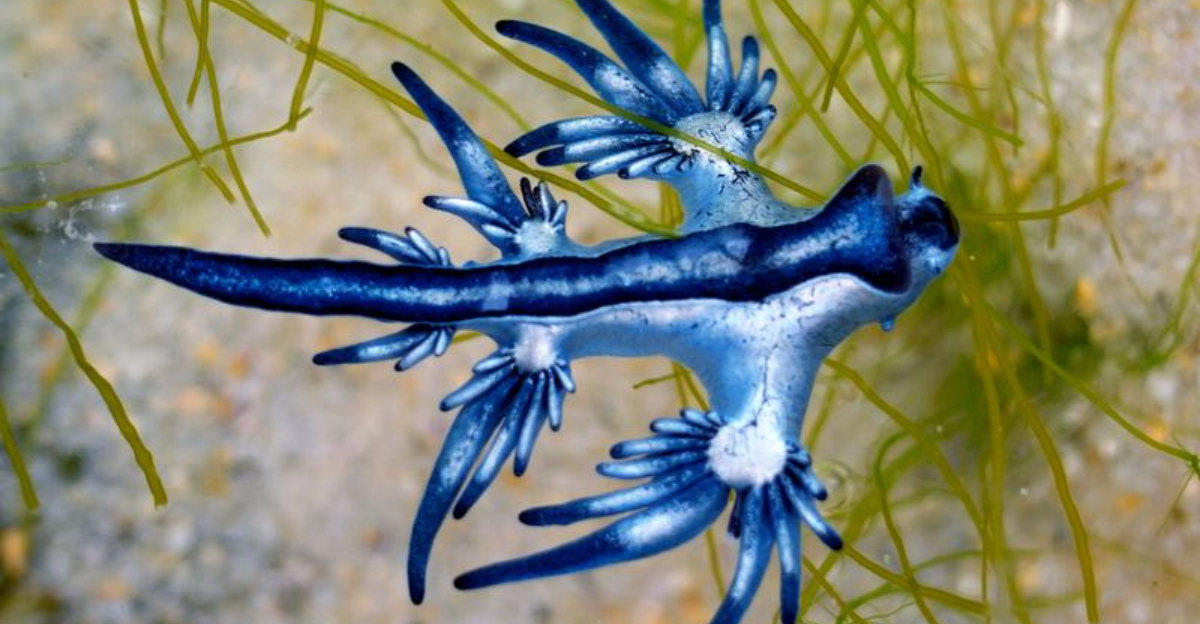
Blue dragons are one of the ocean’s most captivating mysteries. These tiny sea slugs pack a powerful punch despite their small size, floating on ocean currents while hunting dangerous prey.
Their striking blue color and unique adaptations make them fascinating creatures that few people know about but everyone should discover.
1. What Are They?
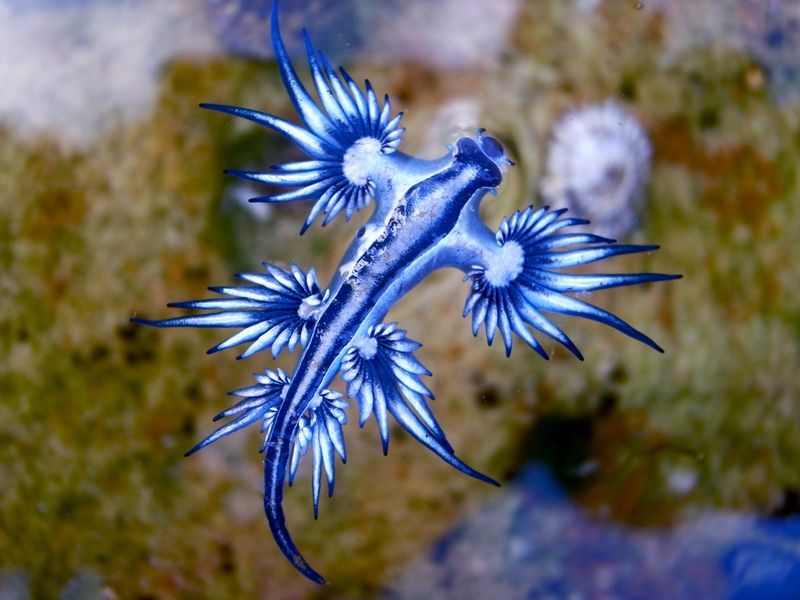
Glaucus atlanticus might sound like a spell from a fantasy novel, but it’s actually the scientific name for the blue dragon. This tiny sea slug grows to just 3 centimeters long yet commands attention with its electric blue and silver coloration.
Despite their dragon name, they’re mollusks related to snails and nudibranchs, though far more eye-catching than their cousins.
2. Where Do Blue Dragons Live?
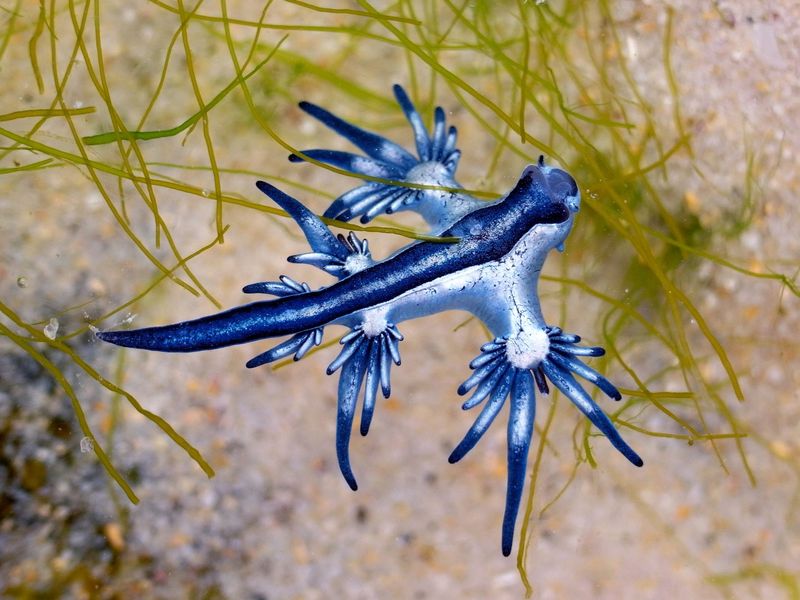
Ocean wanderers by nature, blue dragons drift wherever warm currents take them across tropical and subtropical waters worldwide. Most commonly spotted in Australia, South Africa, and parts of Europe when they wash ashore after storms.
They live upside-down, clinging to the water’s surface tension with a gas-filled stomach sac that works like a natural flotation device.
3. What Do They Eat?

Blue dragons aren’t picky eaters, but they do have expensive taste! Their favorite meal is the Portuguese man-o-war, one of the ocean’s most venomous creatures that most animals avoid.
They’re immune to the stinging cells and actually steal them after feeding. Talk about taking souvenirs to the extreme – they repurpose these weapons for their own defense!
4. How Do Blue Dragons Survive In The Ocean?
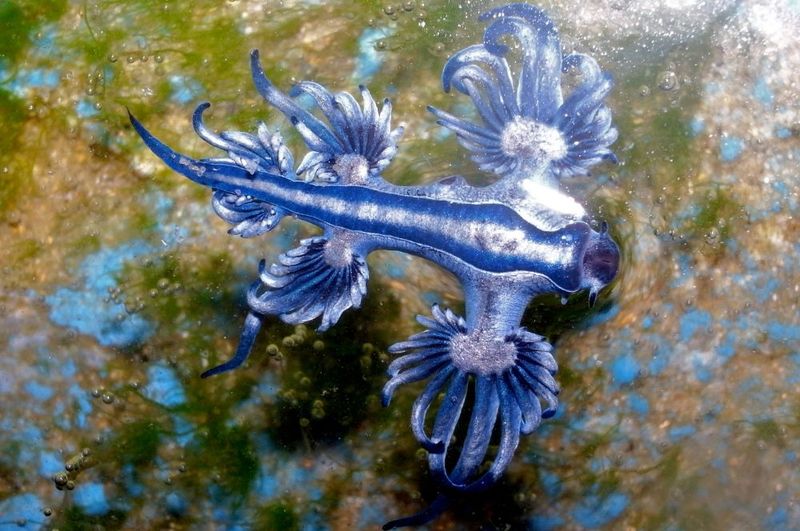
Masters of buoyancy, blue dragons store air in their stomachs to float effortlessly at the water-air boundary. Their bodies are perfectly designed with the blue side facing up toward the sky and silver side down toward the deep ocean.
This countershading camouflage works from both directions – predators below see sky, those above see water!
5. The Blue Dragon’s Bright Color: What Does It Mean?

That electric blue isn’t just for show! The vibrant coloration serves as a warning to potential predators: “I’m dangerous, don’t eat me!” This strategy, called aposematic coloration, is nature’s version of hazard signs.
Interestingly, baby blue dragons start out transparent and develop their signature blue hue as they mature and begin storing stinging cells from their prey.
6. The Blue Dragon’s Defense Mechanism
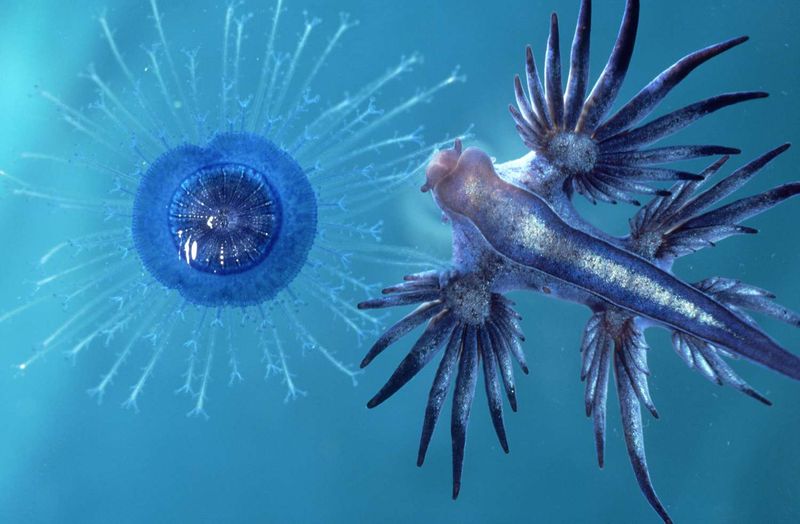
Imagine keeping your enemy’s weapons after defeating them – that’s exactly what blue dragons do! After consuming Portuguese man-o-wars, they harvest the stinging cells (nematocysts) and concentrate them in their finger-like appendages.
Remarkably, these stolen weapons become even more potent in the blue dragon’s body, making their sting potentially more dangerous than their prey’s original sting!
7. Are Blue Dragons Dangerous To Humans?
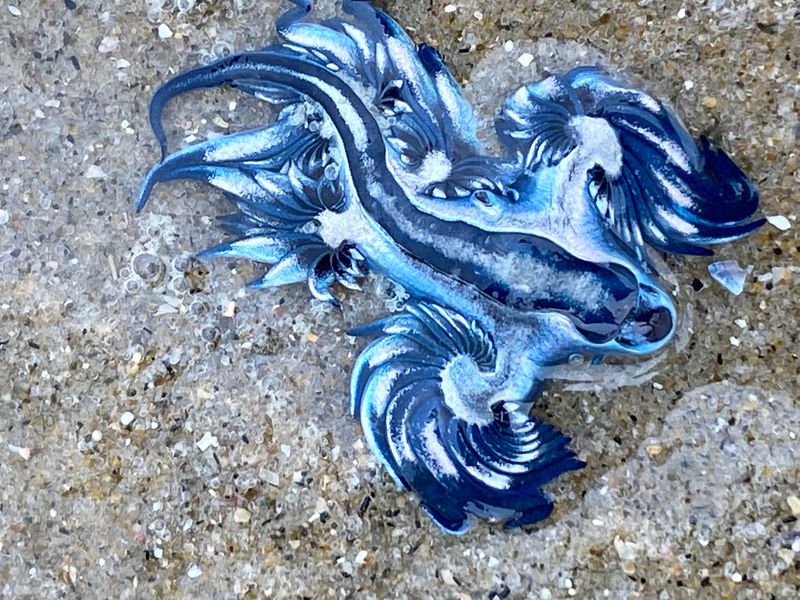
Though tiny, these sea slugs pack a painful punch! Their concentrated stings can cause symptoms ranging from sharp pain and swelling to nausea and breathing difficulties in severe cases.
Beach-goers should never handle washed-up blue dragons with bare hands. Even dead specimens can still deliver stings, as their harvested nematocysts remain active long after the creature itself has perished.
8. How They Reproduce
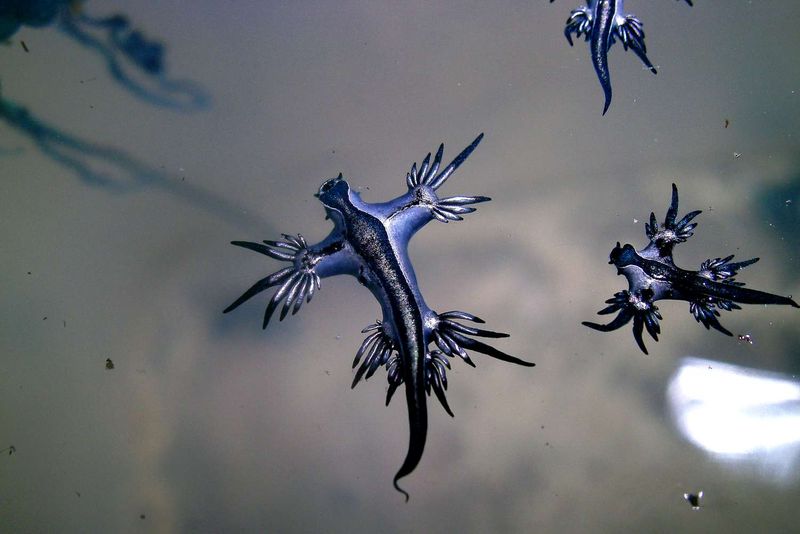
Talk about relationship equality! Blue dragons are simultaneous hermaphrodites, meaning each individual has both male and female reproductive organs.
When mating, they form chains or circles where each partner gives and receives sperm simultaneously. After fertilization, they lay transparent egg strings containing up to 20 eggs, which float freely in ocean currents until hatching.
9. Their Role In Marine Life

Nature’s tiny warriors, blue dragons help control populations of dangerous jellyfish like the Portuguese man-o-war. Without these predators, jellyfish populations might explode unchecked!
They also serve as occasional meals for sea turtles and some fish species brave enough to tackle their toxicity. Their beautiful but brief lives (typically just months long) represent an amazing ecological niche.
10. How They Travel
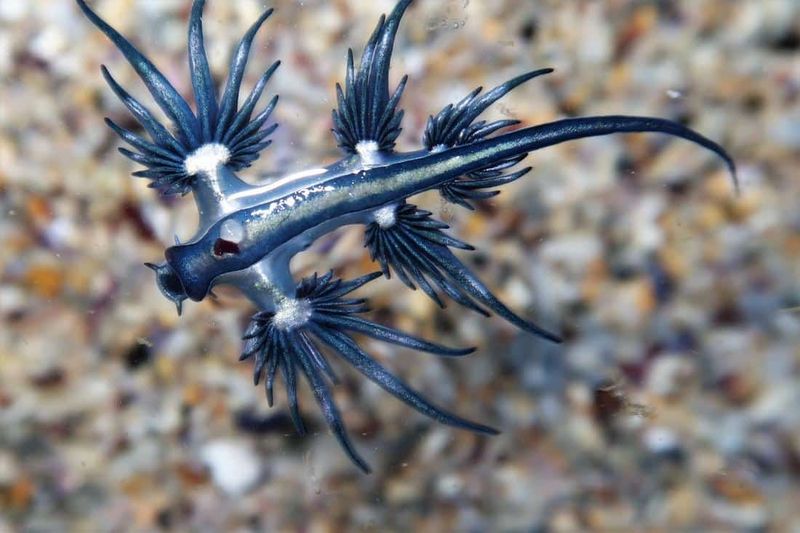
Surfing ocean highways without a board! Blue dragons are pelagic drifters that ride surface currents and winds, sometimes traveling thousands of miles throughout their lifetime.
Their gas-filled stomach acts like a sail, while their body shape allows them to harness surface tension. During storms, entire groups (called “blue fleets”) can wash ashore, creating rare but spectacular blue dragon beach sightings.
11. Who Preys On This Small Marine Creature?
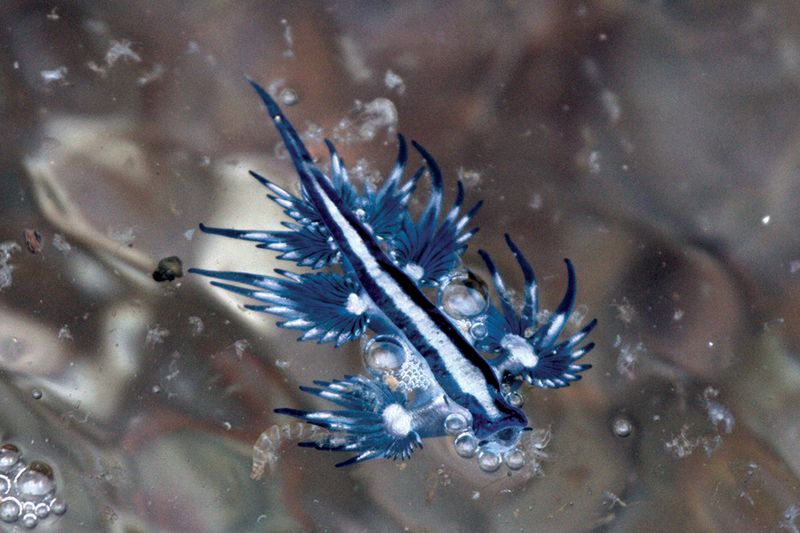
Even armed with stolen weapons, blue dragons aren’t invincible! Sea turtles seem particularly unfazed by their toxins and will happily munch on these colorful morsels. Some species of fish have also developed immunity to their stings.
Their greatest threat, however, might be their own visibility. When washed ashore, their striking blue color makes them easy targets for seabirds hunting along the tideline.
12. Conservation Status Of Blue Dragons
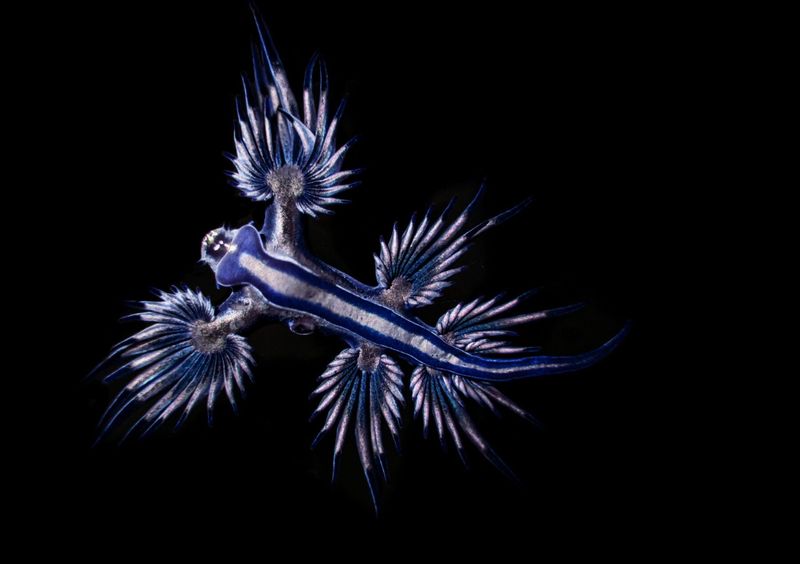
Scientists haven’t officially assessed blue dragon populations, largely because these drifters are so difficult to track in the vast ocean. However, they face the same threats as many marine creatures: ocean pollution, particularly plastics that resemble their jellyfish prey.
Climate change also poses risks by altering ocean currents and temperatures that these specialized creatures depend upon.
13. Fun Facts About Blue Dragons
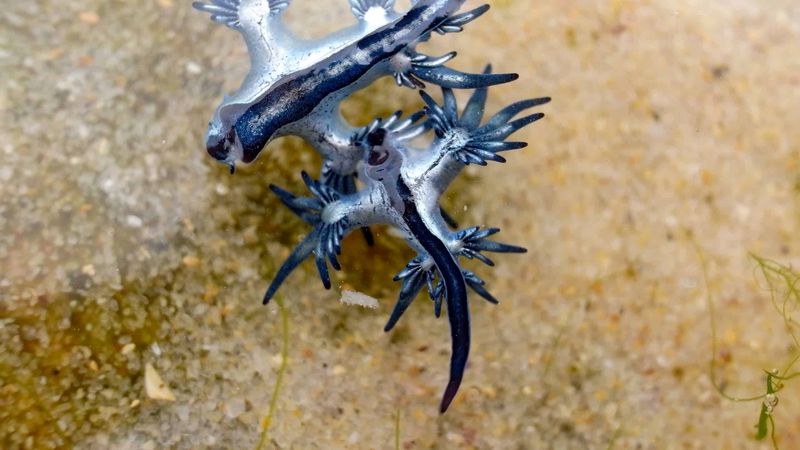
Blue dragons have a superhero-like ability to concentrate oxygen in their gas sacs, allowing them to float even in low-oxygen waters. Their bodies are mirror images – perfectly symmetrical on both sides!
Ancient sailors considered spotting these creatures good luck, believing they were tiny guardians of the sea. Modern scientists study their venom for potential medical applications, including pain management.


